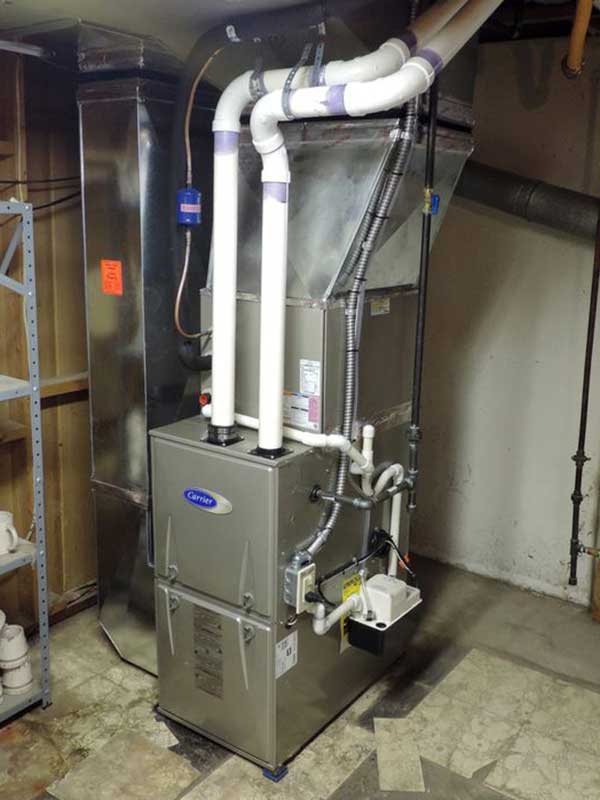The Ultimate Overview to Furnace Installation for a Cozy Home
Heater setup is a vital aspect of keeping a comfy home environment, specifically during the colder months. As you take into consideration these elements, the question continues to be: what steps can you take to guarantee your heating system offers you well for years to come?
Sorts Of Furnaces

Gas heating systems are one of the most usual selection as a result of their efficiency and lower operational expenses. They use gas or gas, giving quick heating and consistent performance, making them optimal for chillier environments.
Electric heating systems, while usually less complicated to mount and maintain, tend to have greater operational costs. They are typically favored in areas where gas service is not available or for homes with existing electric facilities.
Oil heating systems, though less common today, remain a viable option in certain areas. They melt home heating oil, which can be helpful throughout chillier months, but their reliance on oil delivery postures possible obstacles.
Furthermore, there are high-efficiency designs available across these kinds, which can dramatically reduce energy consumption and energy expenses - furnace installation. Eventually, understanding these furnace kinds will help homeowners pick a system that lines up with their heating requires, budget plan, and energy choices
Selecting the Right Dimension
Selecting the ideal dimension for a heating system is important to ensuring ideal efficiency and power efficiency. A small heater will certainly struggle to keep comfy temperatures during the cold months, bring about boosted wear and tear, greater energy costs, and prospective system failing. On the other hand, an oversized heater may cycle on and off also frequently, causing inefficient home heating and uneven temperature level distribution within the home.
To establish the appropriate heater size, an estimation known as the Guidebook J load computation should be done. This procedure assesses numerous factors, consisting of the square video of the home, insulation levels, window dimensions, and local climate problems. This comprehensive analysis makes sure that the furnace satisfies the certain home heating demands of the area.

Installation Refine Review
In regards to materials, you will certainly require ductwork, insulation, and securing tape to ensure optimal air flow and energy performance - furnace installation. It is likewise important to have a new heating system filter on hand, in addition to venting materials, such as you can check here PVC pipeline or metal flue, depending upon the kind of heating system being set up
Safety and security tools, including handwear covers, goggles, and a face mask, is likewise critical to safeguard against dust and debris throughout installment. Having all these devices and products easily available not only simplifies the procedure yet also improves the security and performance of the furnace setup.
Upkeep Tips for Long Life
To make certain the long life of your furnace, it is vital to apply a normal upkeep timetable that deals with vital parts of the system. Begin by replacing or cleaning the air filter every one to 3 months, as a clogged filter can restrict air movement and reduce efficiency. Additionally, inspect and clean up the blower assembly to avoid dust accumulation that can prevent efficiency.
Next, check the thermostat settings and alter if required to make certain exact temperature level policy. Check the ductwork for leaks or obstructions, as this can bring about power loss and uneven heating. Routinely lube the electric motor and bearings according to the manufacturer's referrals to minimize damage.
Specialist evaluations must occur every year, where a certified professional can evaluate the furnace's total condition, look for gas leakages, and make certain that safety and security attributes are operating correctly. Ultimately, take into consideration setting up a programmable thermostat to optimize power use and keep constant home temperatures. By embracing these maintenance practices, you can boost your furnace's effectiveness, prolong its that site lifespan, and ultimately enjoy a cozy and comfortable home setting.
Conclusion
